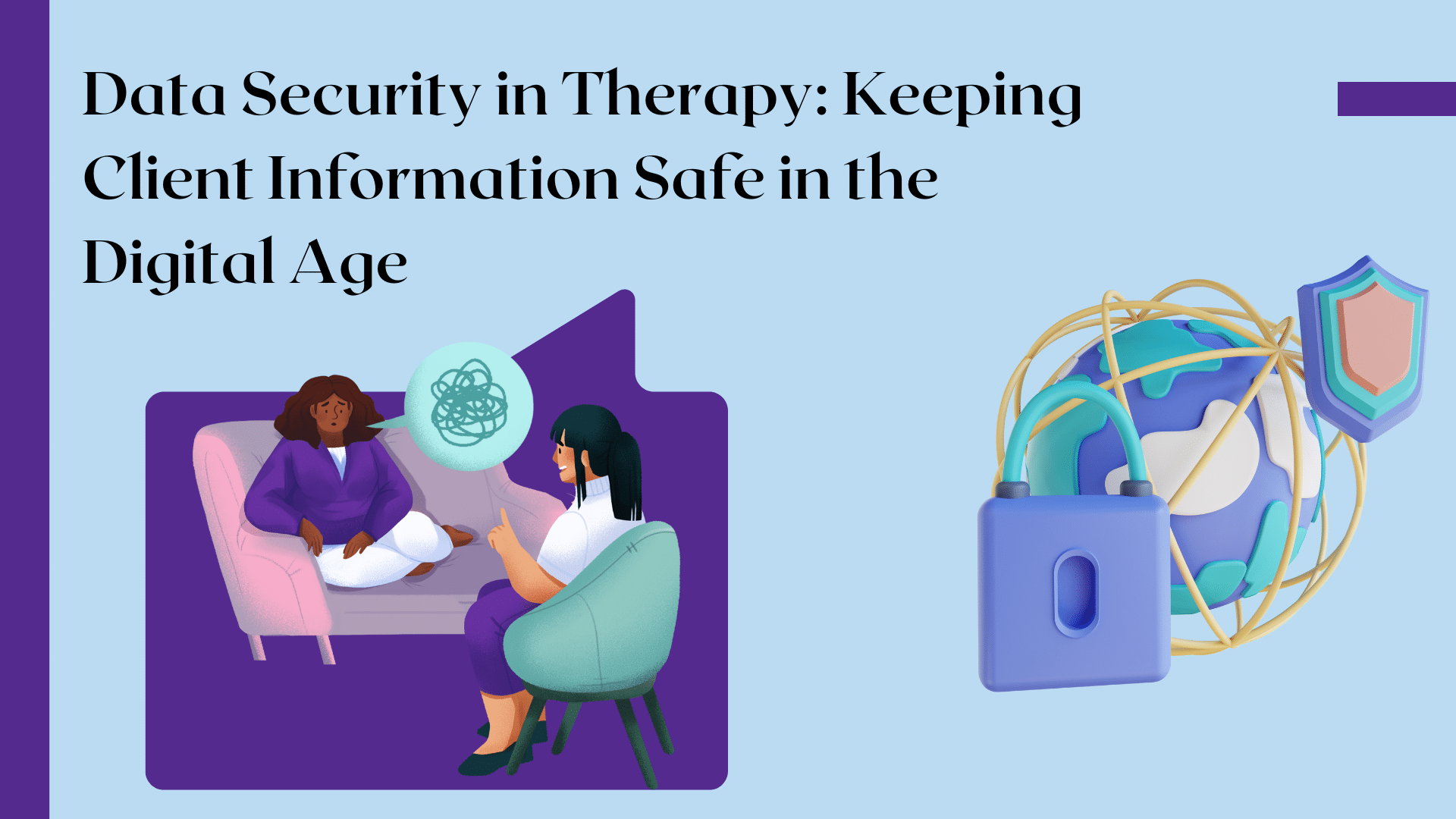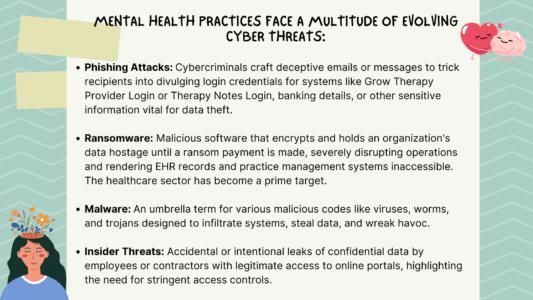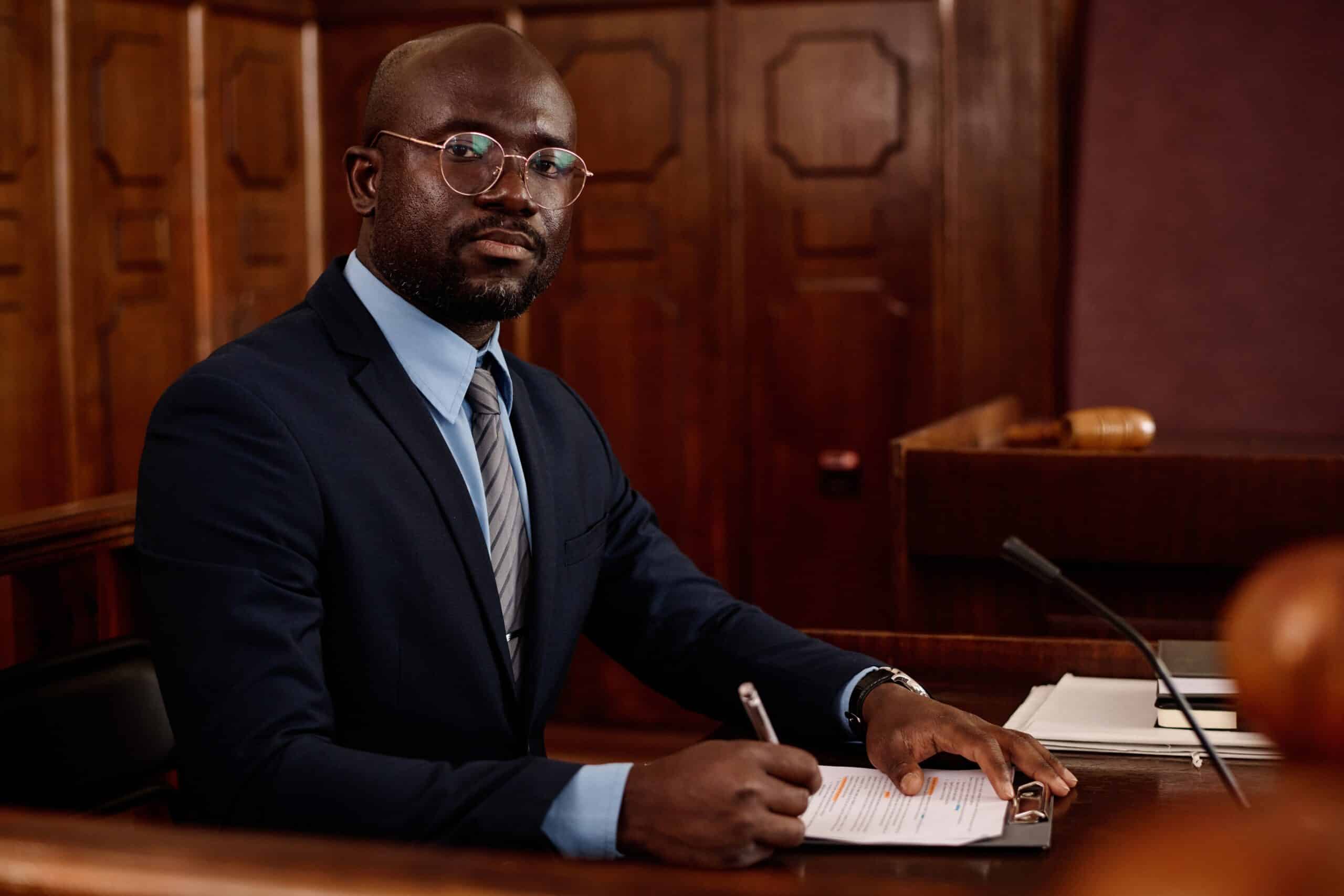Car Accident Case: Is the Lengthy Lawsuit Worth It? – Guest Post

Have you been in a car accident and are wondering if a lawsuit is the right course of action? While the emotional and financial burden of a car accident can be immense, the decision to pursue a lengthy lawsuit shouldn’t be taken lightly.
This article explores the potential benefits and drawbacks of lawsuits after a car accident to help you decide what’s best for your situation. When you want to navigate legal complexities, professionals like the car accident lawyers at Atlanta Personal Injury Law Group are your perfect companion.
The Fight for Fairness: Potential Benefits of a Lawsuit
Lawsuits can be a powerful tool to secure fair compensation for the damages you’ve incurred. Here’s what a lawsuit might achieve:
- Financial Recovery: You might receive compensation for medical bills, lost wages due to missed work, future medical needs, and car repairs. The cost of medical care can be astronomical, especially for serious injuries that require surgery, rehabilitation, or ongoing medication.
Lost wages can further strain your finances, especially if you’re the primary breadwinner in your household. A lawsuit can help recoup these costs and ensure you’re not left financially burdened due to someone else’s negligence.
- Accountability: A lawsuit can hold the at-fault party responsible for their negligence, potentially preventing similar accidents in the future. By holding the other driver accountable for their actions, you can send a message that reckless or careless driving has consequences. This not only brings a sense of justice but also discourages similar behavior, potentially making the roads safer for everyone.
- Setting a precedent: In some cases, your lawsuit might set a legal precedent, influencing how similar cases are handled in the future. Landmark lawsuits can change the legal landscape, especially when it comes to new technologies like autonomous vehicles. If your case involves an unclear aspect of traffic law, a successful lawsuit can provide legal clarity and set a standard for future cases.
The Long Road Ahead: Drawbacks of Lengthy Lawsuits
Lawsuits usually take a long time. Here’s what you might face:
- Time Commitment: Car accident lawsuits can take months or even years to resolve, demanding significant time and attention. The legal process involves extensive paperwork, depositions, hearings, and potentially a trial. You’ll need to be prepared to dedicate a significant amount of time to providing information, attending meetings, and potentially testifying in court.
- Financial Strain: Legal fees can add up quickly, even if you win the case. Personal injury lawyers typically work on a contingency fee basis, meaning they take a percentage of the settlement or verdict as their payment. While this eliminates upfront costs, legal fees can be substantial, especially in complex cases. There might also be upfront costs associated with gathering evidence and expert witnesses, such as accident reconstruction specialists or medical professionals.
- Emotional Toll: Reliving the accident details through depositions and court proceedings can be emotionally draining. The legal process can be stressful, and reopening the emotional wounds of the accident can be taxing. You may need to provide detailed accounts of the accident multiple times, which can be emotionally challenging.
- Uncertain Outcome: You’ll have to find a way to win. The legal process is complex, and the other party might contest your claim. They might have a different version of events, or there might be complicating factors that weaken your case. Even with a strong case, there’s always a chance the judge or jury might rule in favor of the other party.
Alternative Routes to Resolution
Lawsuits aren’t the only option. Consider these alternatives:
- Settlement Negotiation: Working with the at-fault party’s insurance company to reach a financial agreement can be a quicker and less stressful option. Most car accident cases are resolved through settlement negotiations.
An insurance adjuster will investigate the accident, assess the damages, and offer a settlement amount. While the settlement might not cover everything you deserve, it can provide a quicker resolution and avoid the complexities and uncertainties of a lawsuit.
- Mediation: A neutral third party can facilitate a conversation between you and the other party, aiming for a mutually agreeable settlement. Mediation can be a good option if you’re open to a compromise but want more control over the outcome than a settlement offer from the insurance company. A mediator can help guide the conversation and explore potential solutions that satisfy both parties.
Making the Right Choice: Factors to Consider
Before deciding on a lawsuit, carefully weigh these factors:
- Severity of Injuries: The extent and long-term impact of your injuries significantly influence potential compensation and the resources a lawsuit might require. Serious injuries that require extensive medical care and ongoing treatment will likely justify pursuing a lawsuit to recover the total cost of these expenses. On the other hand, minor injuries with minimal medical bills might not warrant the time and expense of a lawsuit.
- Strength of Your Case: Solid evidence proving the other party’s fault strengthens your case and improves your chances of a favorable outcome. This evidence can include police reports, witness statements, dashcam footage, or traffic camera recordings. The stronger your case, the more leverage you have in settlement negotiations and the better your chances of winning a lawsuit if it goes to court.
- Insurance Coverage: Knowing the at-fault party’s insurance coverage limits helps determine if a lawsuit is necessary to recover total compensation. Most insurance policies have coverage limits, which is the maximum amount the insurance company will pay for a claim. If the other driver’s coverage limits are low and your damages exceed those limits, a lawsuit might be necessary to recover the total amount you deserve.
- Your Situation: Consider your financial situation and ability to handle a lengthy legal process. Even if you win, lawsuits can be expensive. You’ll need to consider whether you can afford the potential legal fees and upfront costs associated with evidence gathering. Additionally, a lawsuit can take a significant amount of time. Evaluate your financial situation and ability to manage the ongoing demands of the legal process.
- Your Goals: Do you prioritize holding the other party accountable, or is a quicker resolution with a possible financial compromise more appealing? If holding the other driver accountable for their actions is a major priority, then a lawsuit might be the way to go. However, if a quicker resolution and financial compensation are your main concerns, then settlement negotiation or mediation might be preferable options.
The Final Word
Deciding on a lawsuit is a personal choice. Weigh the pros and cons carefully, considering the alternatives and your specific circumstances. Consulting with a personal injury lawyer can be invaluable in understanding your options and navigating the legal complexities involved.



























